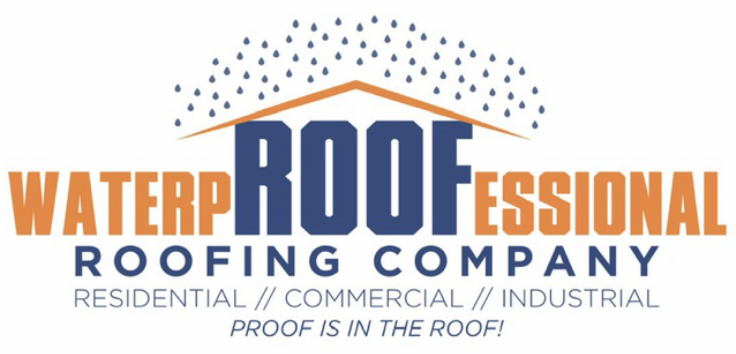Installing new flooring in your home is one of those projects that’s both exciting and intimidating. Whether you’re replacing old carpet with sleek vinyl planks or going all-in on engineered hardwood, a solid DIY floor installation comes down to one thing: having the right tools for the job. You don’t need to be a professional to achieve professional-looking results—but you do need a well-stocked toolkit.

This guide walks you through the essential floor installation tools—both hand and power options—and helps you build your ultimate DIY arsenal. Along the way, we’ll sprinkle in tips from the pros and cover real-world flooring installation cost factors that can affect your budget. Ready to get started? Let’s gear up!
Measuring Up: Tools for Planning and Prep Work
Before you even touch a floorboard, prep is everything. Proper planning saves time, money, and headaches later.
Tape Measure & Chalk Line
Every project begins with accurate measurements. A durable tape measure and chalk line help you define layout lines and plan cuts with precision. When working with long planks or diagonal patterns, a chalk line keeps everything straight and square.
Moisture Meter
Especially important for wood or laminate flooring, this tool checks subfloor moisture levels to ensure they’re within manufacturer guidelines. Ignoring this step could cause warping down the line—so don’t skip it!
These prep tools are often overlooked, but they’re foundational to a smooth installation. Think of them as the blueprint to your flooring success.
Flooring Hand Tools: The Unsung Heroes of DIY
There’s a reason hand tools are still a staple in modern flooring kits—they give you control, accuracy, and finesse.
Utility Knife
This is your go-to for trimming underlayment, cutting vinyl flooring, and making minor adjustments. Choose a heavy-duty knife with replaceable blades for efficiency and safety.
Tapping Block & Pull Bar
When installing click-lock or tongue-and-groove flooring, you’ll need these to snug planks together without damaging edges. The tapping block works for middle boards, while the pull bar helps fit end boards tightly.
You’ll find these tools in most flooring installation kits or sold individually. They’re inexpensive but make a world of difference in finish quality.
Flooring Power Tools That Speed Things Up
Sometimes muscle alone doesn’t cut it. That’s where flooring power tools come in to save the day—and your back.
Miter Saw or Table Saw
For cutting planks to length, a miter saw offers clean, straight cuts. If you’re installing a patterned floor or complex cuts, a table saw gives more versatility.
Jigsaw
Essential for curved or odd-shaped cuts, especially around door jambs, vents, and pipes. A cordless jigsaw gives you freedom to move and adjust on the fly.
Pairing the right power tools with your flooring installation equipment turns your weekend project into a professional-grade makeover.
Don’t Forget These Under-the-Radar Tools
Some tools don’t get the spotlight but are absolutely necessary for a polished result.
Spacers
Flooring needs room to expand and contract. Spacers ensure consistent gaps between the wall and your planks, which prevents buckling later.
Rubber Mallet
Unlike a metal hammer, a rubber mallet lets you tap boards into place gently but firmly without damaging the floor surface.
These small but mighty tools often come in laminate or flooring installation kits, so keep an eye out when shopping for bundle deals.
Need extra help with other renovation projects? Check out:
- Floor Repair Services in Champaign, IL
- Interior Demolition Pros in Champaign
- Clean-Out Services for Renovation Waste
Tools by Flooring Type: What You Need for Each Material
Different floors, different tools. Here’s a cheat sheet:
Laminate & Vinyl
These click-lock or glue-down planks require:
- Tapping block & pull bar
- Utility knife or jigsaw
- Spacers & rubber mallet
- Measuring tape & chalk line
Hardwood & Engineered Wood
In addition to the above, add:
- Flooring nailer (manual or pneumatic)
- Moisture meter
- Floor leveling compound (if needed)
When shopping for laminate floor installation tools, look for kits that include spacers, pull bars, and blocks specifically shaped for this material.
Pro Tips to Avoid Common Mistakes
Even with all the right tools, mistakes can happen. Here’s how to dodge the most common ones:
- Always acclimate your flooring: Leave the planks in the room for 48–72 hours before installing.
- Check for level subfloors: Use a long level or straightedge to avoid uneven boards or squeaky floors.
- Double-measure, single-cut: This age-old advice still holds true!
Remember, floor installation is 80% preparation and 20% execution. Trust the process—and your tools.
FAQs About DIY Flooring Tools and Installation
Q1: Can I install flooring without power tools?
Yes, but it’ll take more time. A handsaw and manual tools can work for small areas, though power tools provide cleaner, faster results.
Q2: Are flooring tool kits worth it?
Absolutely, especially for beginners. They often include all the basics like spacers, tapping blocks, and pull bars—at a discounted bundle price.
Q3: Should I rent or buy flooring tools?
If this is a one-time project, renting larger tools (like a miter saw) can be cost-effective. But buy quality hand tools for future use.
Q4: How do I know which tools I really need?
Start by identifying your floor type, then look up a matching tools list (like this one!). Don’t overbuy—stick to the essentials.
Q5: Can I reuse tools for different flooring types?
Many tools are universal, especially measuring tools, mallets, and spacers. Specialized tools may vary by material.
Final Thoughts: Build Your Toolkit, Boost Your Confidence
DIY floor installation is totally doable with the right prep, patience, and—of course—the right tools. Whether you’re doing a single room or renovating your entire home, investing in quality flooring tools makes the difference between a patchy finish and a smooth, professional result.
So go ahead—build your toolkit, take your time, and enjoy the transformation. You’ve got this!




